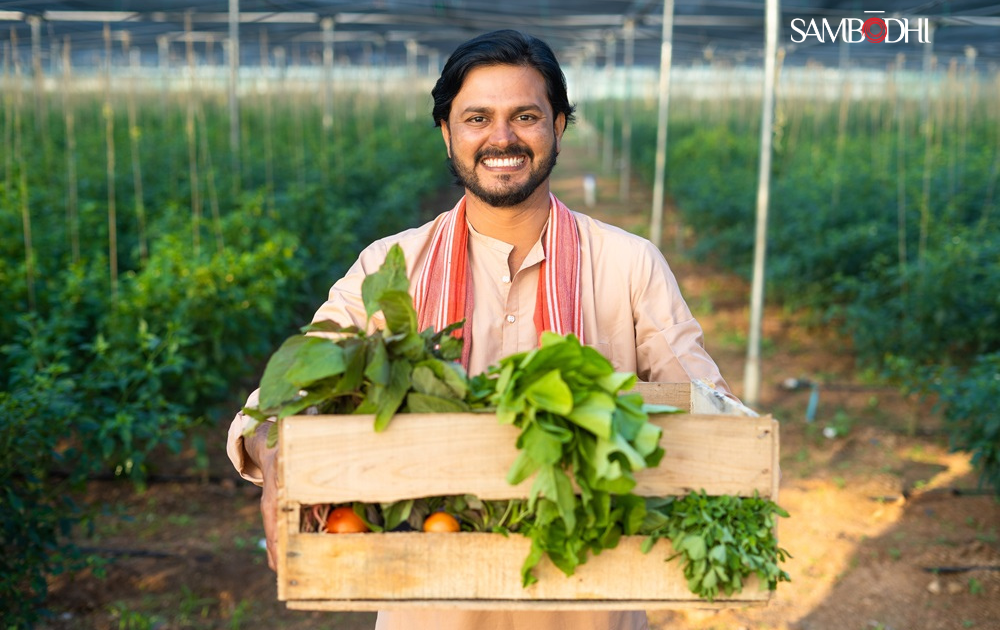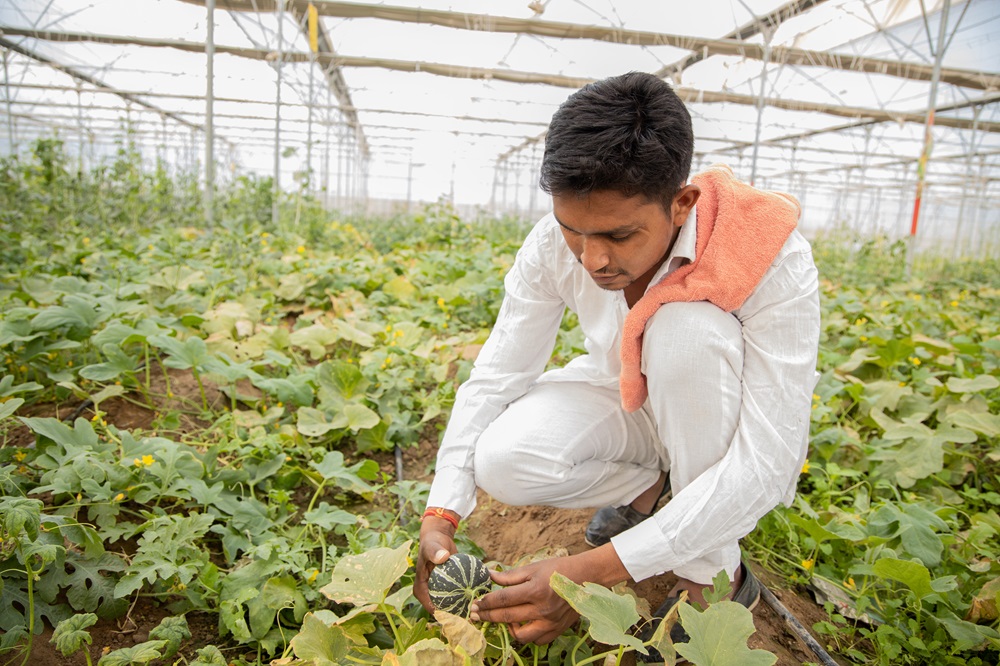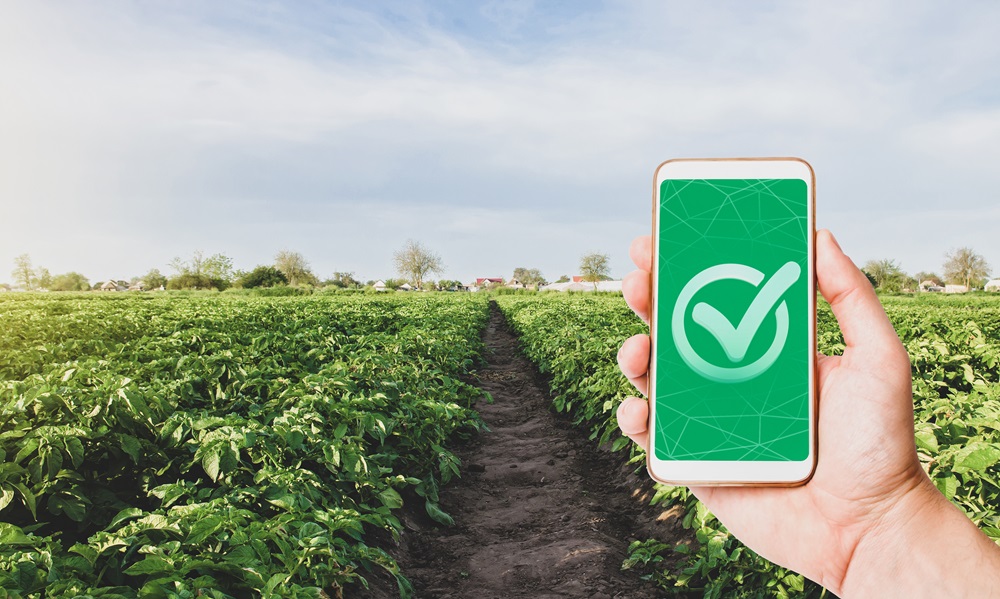Building a Case for Sustainable Agriculture and Certification

In April 2016, the Government of India formed an Inter-Ministerial Committee to examine the issue of “Doubling of Farmer’s Income (DFI)”, to which the committee submitted its report in September 2018, suggesting a slew of policy recommendations, reforms, and programs. Some significant suggestions included increasing crop productivity, reducing production costs, and increasing crop intensity. Based on this context, many steps have been taken by the Government of India and several state governments. However, not much progress has happened on this front.
As of 2019, the monthly income of farmers in India stands at INR 10,218, which has risen from INR 6,426 per month in 2012 to 13. Two concurrent scenarios further aggravate the challenge of doubling the farmer’s income. Firstly, high chemical input-intensive agricultural practices became part of mainstream agriculture with the advent of the Green Revolution in India in the 1960s and the introduction of HVYs, which were input-intensive and led to increased cultivation costs. Secondly, there are uncertainties regarding the climatic conditions due to the impact of climate change. For example, according to various studies and simulations conducted by the Government of India, without any adaptive measures, rainfed rice yields in India are projected to reduce by 20% in 2050 and 47% in 2080 scenarios, which will have a direct impact on the farmer’s income.
Given this, one of the proposed solutions is Sustainable Agriculture Practices (SAPs), which incorporate popular farming techniques like organic farming and natural farming. One of the versions of Natural Farming, i.e., Zero Budget Natural Farming (ZBNF), talks about bringing the input cost to zero since all the ingredients for input, like jeevamrutham, beejamrutham, and kashaya etc., are sourced from the farm-field. The objective is to restore soil health, maintain diversity, ensure animal welfare, stress the efficient use of natural/local resources, and promote ecological fairness. These practices can help lower farmers’ input costs by adopting mulching, farmyard manure, and Integrated Pest management. Further, this can also help regain the lost biodiversity and maintain better ecological balance by adopting practices like inter-cropping, border crops, and crop rotation, which can help build farmers more resilience in their farming systems.

However, in the last couple of decades, the usage of chemicals in agriculture systems has reached such high levels that a mere motivation for better agroecological practices and the unchartered territory of reduced input cost for farmers will not suffice for them to adopt these practices actively. This has also been the reason that even after almost the launch of the Parampagat Krishi Vikas Yojana (PMVJ) in 2015-16, the area under organic cultivation still stands at less than 5% of the total cultivable land in India, while the area under NF stays even lower.
However, organic and natural farming come with their fair share of challenges since many studies have shown that a sudden shift to complete NF can lead to lower yield and production from the farm field. For example, the case study of Sri Lanka shows that an unplanned and abrupt shift to organic farming can lead to drops in yield and crop failures, thus creating a shortage of food grains. Such case studies and examples further act as a discouraging factor for farmers who are already struggling with lower farm incomes to adopt the practices. Thus, there is an apparent reason for them not to make this shift.
This is where the idea of crop certification becomes prominent. There is a rising demand for organic and chemical-free goods, especially internationally and in India. Most big retail players, like ITC, Amul, Tata, etc., are trying to enter this space since premium prices have been garnered for such products. From the farmer’s context, if they can get their crop or farm chemical-free certified, they can sell their crops in distinction to conventional produce and get premium prices for their produce, which can further compensate for their loss of production and yield and provide an impetus to their active adoption of such practices. This will help them sustain this shift for a shorter period and further will help them garner benefits that come later in terms of a better agricultural field ecosystem and better-quality products.
Given this, PGS-India (Participatory Guarantee System of India), as implemented by the Ministry of Agriculture and Farmers Welfare, was introduced as a quality assurance initiative to certify organic produce in India. Further, a third-party Certification by an Accredited Certification Agency under the National Programme for Organic Production (NPOP) under the Ministry of Commerce and Industry was introduced to develop the export market. These steps are a welcome step in providing much-required market linkage to the farmers, where it’s an assured premium price for them, thus helping them achieve the government’s target of doubling farmers’ income and further building resilience against the vagaries of climate change.
Yash Srivastava – Deputy Manager, Sambodhi


